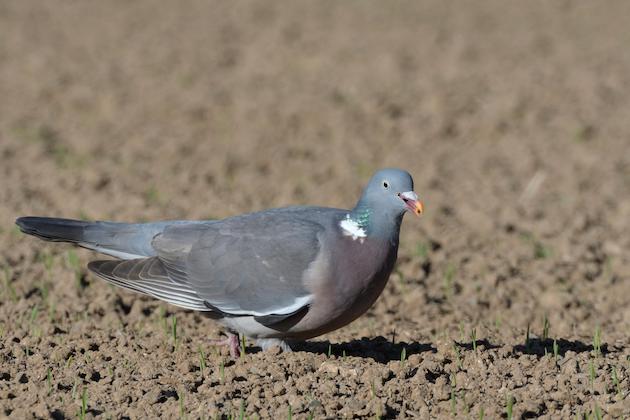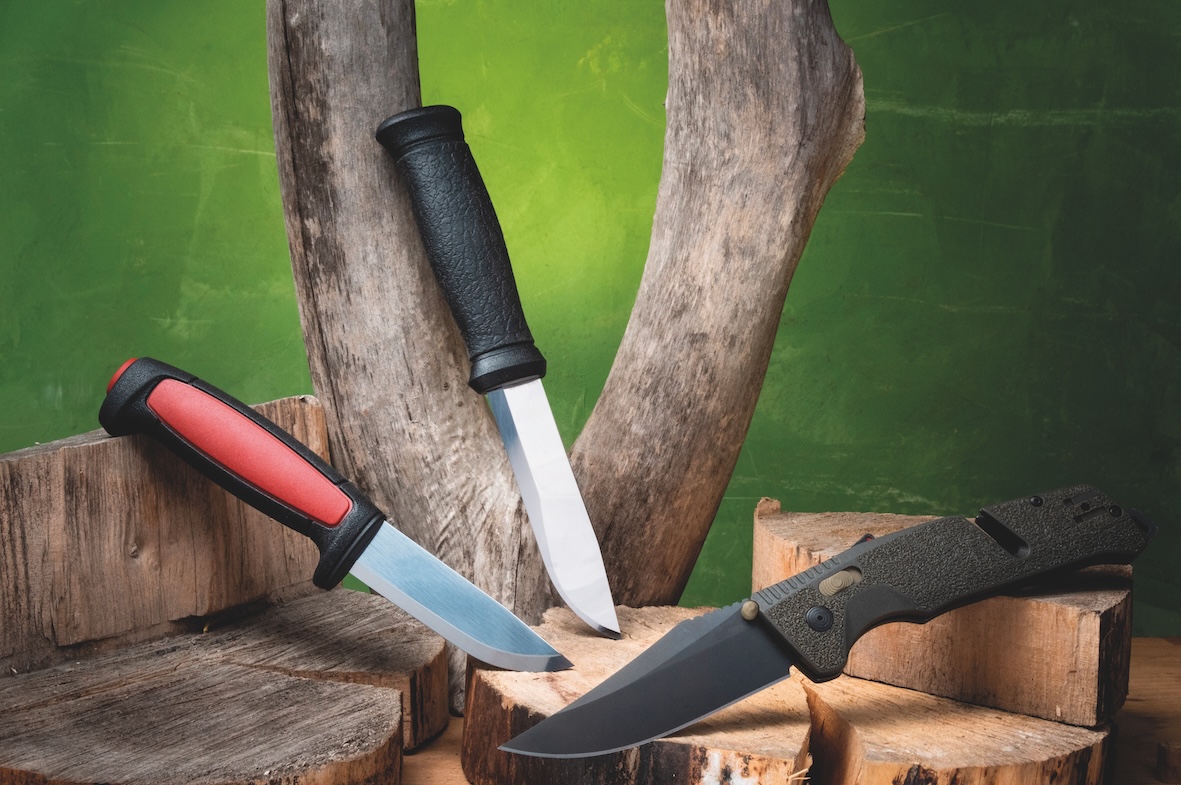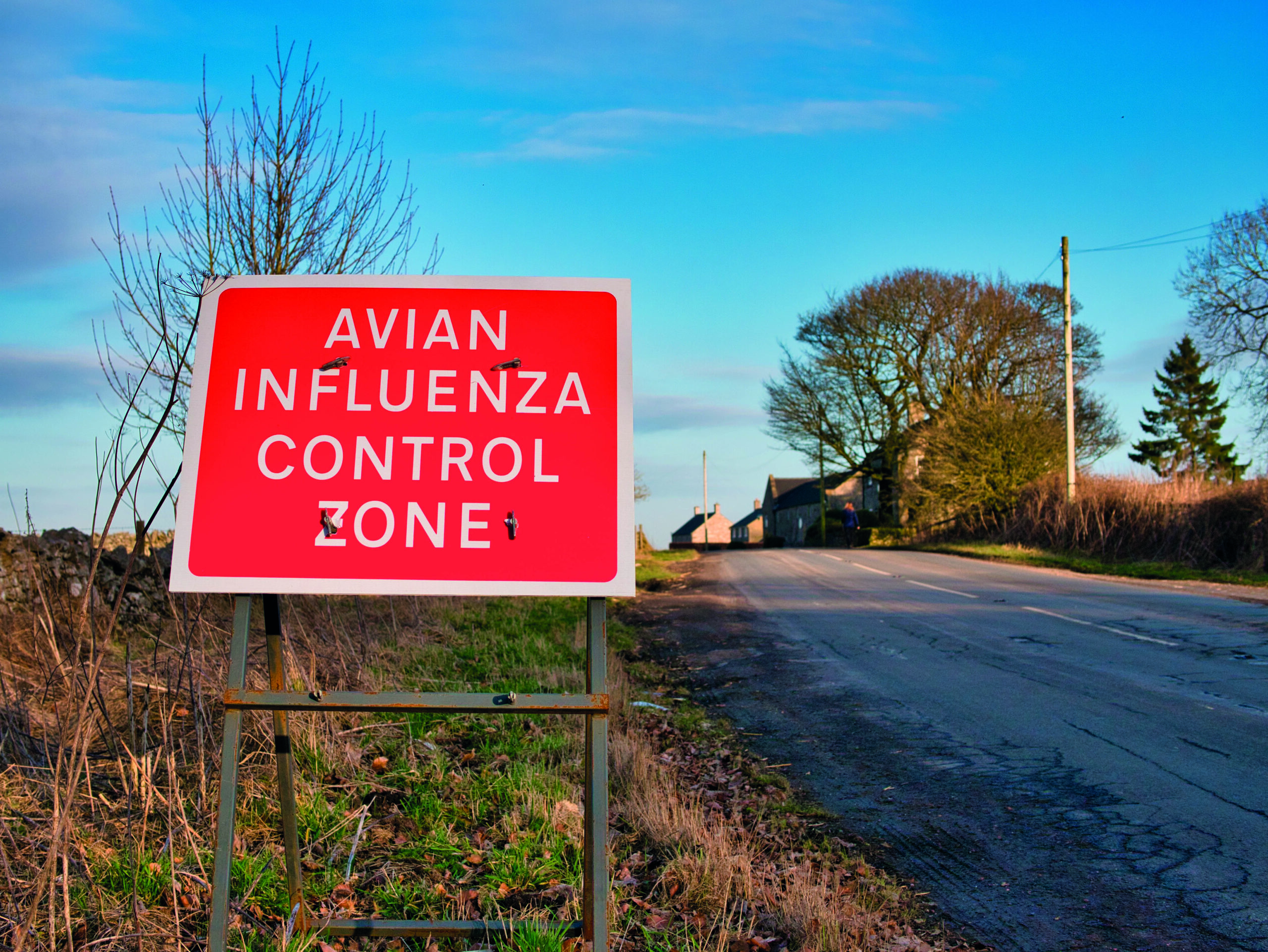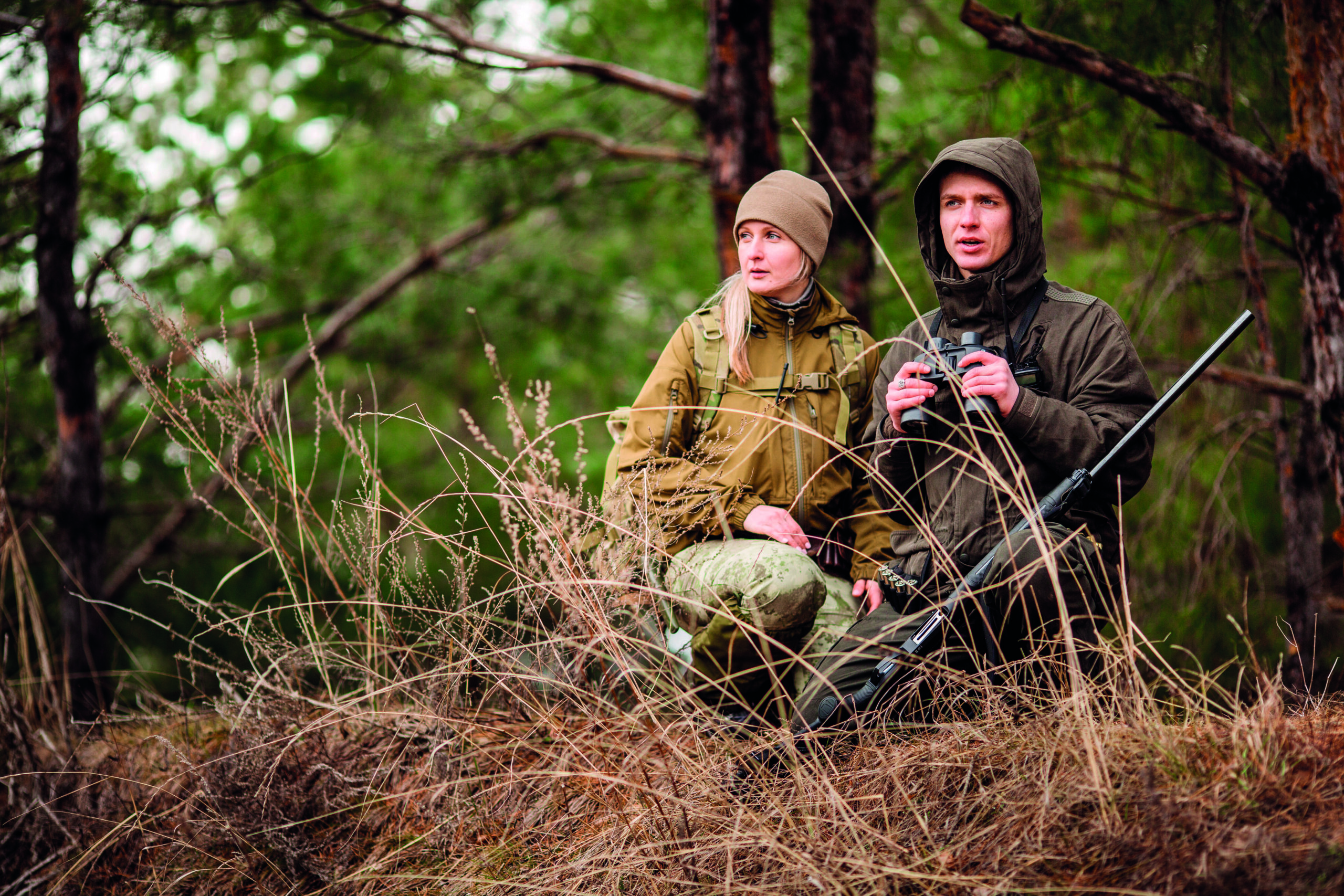We asked a Natural England representative to answer your questions on the practicalities of the new general licences. Here’s what she said ….
Caroline Cotterell, Director of Strategy Implementation at Natural England, answers your questions on the practicalities of using the new general licences and what you should do if you’re acting under an individual licence.

1) Despite repeated attempts at scaring, a farm suffered serious damage to a pea crop throughout the growing season. Can the farmer arrange for the [wood] pigeons to be shot over the pea stubble to reduce numbers and prevent damage next growing season?
A: Yes, assuming that a crop such as pea that will be vulnerable to serious damage by woodpigeons is going to be sown by the farmer in the area.
The general licence we published on 3 May is clear that lethal control of wood pigeons can be used where there is no alternative satisfactory solution. The farmer must take reasonable steps to prevent crop damage by other (non-lethal) methods, unless their use would be impractical, without effect or disproportionate in their circumstances. In this example, the farmer has repeatedly tried to scare pigeons away and serious damage is still occurring.
The farmer can authorise others to carry out shooting for them; anyone they authorise must comply with the conditions in the licence.
2) A large hill farm is experiencing losses of lambs to carrion crows. The size of the farm and the fact it is worked by one person makes continuously scaring crows away impractical. The farm does not have facilities to lamb indoors, the farmer is unable to identify any particular crow as responsible. Can the farm ask a local pest shooter to ‘shoot on sight’ any carrion crows in lambing fields?
A: Similarly to woodpigeons, the new licence for carrion crow and livestock damage (GL26) makes clear that lethal control can be carried out if there are no alternatives, and so landowners should consider alternatives before shooting or trapping, and continue to use them. But the licence also recognises and allows for circumstances when alternatives are impractical, disproportionate or ineffective.
Table 1 of general licence WML-GL26 lists some non-lethal methods that may help to reduce or prevent predation of lambs by carrion crows, such as removing food which could attract corvids and keeping vulnerable animals indoors where possible. The farmer or local pest controller would need to be able to demonstrate that non-lethal methods have been taken before carrying out lethal control, or that they had considered non-lethal methods and decided they wouldn’t be practical, effective and proportionate. Factors such as the size of the farm, its facilities and the number of people who work on it are all relevant in making this decision.
You don’t have to identify and target a specific crow that is causing damage. As long as you can provide evidence that you have met the conditions as set out in the general licence published on 26 April, then carrion crows can be shot.
3) I have been asked by a farmer to shoot [wood] pigeons to prevent serious damage to a pea crop. He tells me he has used gas guns and scarecrows, but damage is ongoing [and is expected to be serious if not averted]. I have one day when I am free to shoot. Do I have to mix shouting and shooting or does the fact that he has tried to scare them mean I can just get on with shooting them?
A: No, you’re not expected to mix shouting and shooting. You can shoot on the farmer’s behalf, so long as the farmer has taken reasonable steps to prevent crop damage by other non-lethal methods. These alternatives should continue to be used alongside lethal control where this is effective, practical or proportionate.
Questions relating to individual licences
Q: A number of songbirds nest in my garden including blackbirds and chaffinches. I have seen magpies trying to find their nests. I can’t be around all day to guard their nests and scaring them off risks scaring off the song birds. If I have an individual licence to kill magpies to protect flora and fauna can I use it to trap or shoot these magpies?
A: Yes, you can use lethal control where reasonable steps to prevent predation by other methods have been taken. We strongly recommend that you keep a log of any other methods you have tried, in case you are asked to justify your decision to shoot.
An individual licence would permit the use of traps as long as you adhere to the conditions in the trapping guidance. These are set out in GL33 standard licence conditions for trapping wild birds and using decoys.
Q: What kind of evidence do I need to be able to provide that I have tried non-lethal measures and how long do I need to try them for before I can say they have failed?
A: We are advising all licence users – whether that’s a general licence or individual licence – to keep a written log of the problem (e.g. predation, level of damage) and any non-lethal measures that have been, and continue to be used, to address the problem. It is important to remember that all these bird species are protected, and users must be able to demonstrate they have given due consideration to the range of solutions available.
For example, if using the crow and livestock damage general licence GL26, licence users are advised to record what stock was being protected, what measures have been and are being taken to minimise losses to that livestock, why the legal non-lethal methods are impractical, without effect or disproportionate in your circumstances, and why the threat is sufficiently serious to merit action under licence.
Table 1 of general licences GL26 (carrion crows), 28 (Canada geese) and 31 (woodpigeons) list some non-lethal methods that may be capable of reducing or preventing the problem, although other methods may be appropriate depending on individual circumstances.
Q: In 2017 and 2018 rooks seriously damaged newly drilled cereal crops on a local farm despite the farmer’s efforts to scare them. He has asked me to shoot young rooks (branchers) in the spring to limit the population and reduce damage later in the year. If I have an individual licence to kill rooks for crop protection can I do this?
A: If you have an individual licence you will be aware that you can only undertake lethal control of birds during the breeding season (typically February to July) if lethal control at other times, or use of other licensed methods, such as egg destruction, would not provide a satisfactory solution.
The licences recognise that there may be circumstances where alternative (non-lethal) methods of control may not be effective, practical or proportionate in your circumstances, and lethal control may be required.












